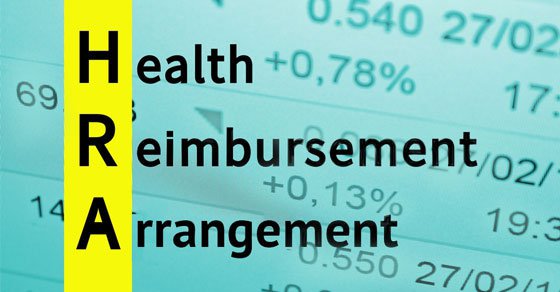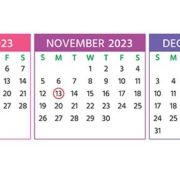Would “Interest Crediting” Help Boost Participation in Your Organization’s HRA?
- Understand what Health Reimbursement Arrangements (HRAs) are and why they're popular for reimbursing medical expenses.
- Discover a strategy to increase interest and participation in HRAs by positioning them as both healthcare benefits and investment opportunities.
- Learn how participants can accumulate balances in HRAs and earn interest through "interest crediting".
- Explore the option of funding HRAs through a trust, its benefits, and additional requirements.
- Understand the potential benefits of adding interest-crediting to HRAs, but also the complexity and risks involved in implementing this strategy.
Health Reimbursement Arrangements (HRA) are a tax-advantaged way for employers to reimburse employees for out-of-pocket medical expenses. These plans have become quite popular. This is partly because they come in a variety of forms that can best suit the needs of the sponsoring organization.
However, employees often need to be “sold” on the pros of an HRA. One way to potentially boost interest and participation in HRA plans is to offer it as not only a healthcare benefit but also an investment vehicle.
Interest-Earning Accounts
HRAs are employer-owned plans. Therefore, you can decide whether to allow participants to roll over unused reimbursement allowances from year to year. If you do this, participants can amass sizable balances over time. Additionally, there’s a way for them to earn interest on those balances.
When an HRA is "unfunded," the employer pays reimbursements out of its general assets. From an accounting perspective, HRA credits represent bookkeeping entries rather than actual, separate assets.
HRA balances under an unfunded plan won’t earn interest because no separate assets are involved. This is contrary to the way other accounts like savings accounts earn interest on contributions. If an employer wishes, however, it can periodically credit additional amounts to participants’ respective bookkeeping accounts in an amount equivalent to the interest that they would have earned if their HRA balances had been held in a typical interest-bearing investment. This is called “interest crediting.”
Similar to other amounts offered under an HRA, these "notional" credits are nontaxable and can only reimburse qualifying medical expenses. In addition, they’re subject to the Internal Revenue Code’s rules prohibiting discrimination in favor of highly compensated employees.

The Trust Option
As mentioned, long-term participants may accumulate substantial HRA balances if annual carryovers are allowed. This situation has led some employers to fund their HRAs through a trust — for example, by using a Voluntary Employees’ Beneficiary Association plan. Such funding might be particularly attractive if HRA carryovers represent a substantial liability on the employer’s balance sheet.
When an HRA is funded this way, the employer deposits funds equal to the HRA credits into the trust to be held in an interest-bearing account, with interest allocated to participants’ HRA accounts based on their respective balances.
Be aware, however, that funded HRAs are subject to additional requirements. Under ERISA’s fiduciary standards, you must invest trust assets prudently. Also, earnings that aren’t credited to participants’ accounts can be used only to defray plan administration expenses or to provide benefits to participants. In addition, forfeitures attributed to terminated employees have to remain in the trust (additional rules and reporting requirements may apply).
In looking at the paragraph, the parentheticals should be after “trust” and before the period and there should be no period inside the parentheticals. My comment would be better phrased as “The costs of administering this type of HRA could be significantly higher than a standard HRA”.
If you decide to fund your HRA with a trust, you’ll need to carefully consider how to communicate this benefit to participants — including the ability to amend or discontinue interest crediting in the future.
Rewards, Rules, and Risks
With the rise of online investment opportunities and cryptocurrency, the popularity of investing has exploded. Adding an interest-crediting feature to your HRA may capture the attention of employees and increase participation in — and appreciation of — this benefit. However, the rules are complex, and there are significant risks to consider.
Have questions about interest crediting and how it could help boost HRA participation in your organization? Call Fiducial at 1-866-FIDUCIAL or request an appointment with a Fiducial Advisor at one of our office locations to discuss your situation. Know someone who might need our services? We love referrals!









